Why Non-Toxic Skincare Is More Than Just a Trend
Let’s face it: your skin is your largest organ, and what you put on it matters. The average woman uses 12 personal care products a day, exposing herself to over 168 unique chemicals—some of which have been linked to hormone disruption, allergies, and even cancer. While not every chemical is dangerous, published research and double-blind, randomized clinical trials have shown that certain ingredients in conventional skincare and makeup can pose real health risks.
The Science: What’s Lurking in Your Products?
-
Toxic metals like lead, mercury, and arsenic can be found in some cosmetics and are absorbed through your skin, potentially causing long-term health issues.
-
Formaldehyde, parabens, phthalates, and hydroquinone are linked to hormone disruption, allergic reactions, and even cancer.
-
According to a 2024 review, 88 chemicals in over 73,000 cosmetic products are classified as toxins that can cause headaches, dizziness, skin irritation, and chronic diseases.
And here’s the kicker: skincare and cosmetic products are not as strictly regulated as you might think. Many ingredients are allowed until proven harmful, not the other way around.
The Benefits of Clean, Non-Toxic Skincare
Switching to non-toxic skincare isn’t just about avoiding the bad stuff—it’s about embracing products that actually nourish and protect your skin:
-
Fewer irritations and allergies: Clinical studies show that natural ingredients like colloidal oatmeal, aloe vera, and green tea can soothe and heal sensitive skin.
-
Anti-aging and skin health: Ingredients such as bakuchiol (a plant-based retinol alternative), licorice, and pomegranate have been shown in double-blind trials to reduce wrinkles, improve skin texture, and fight hyperpigmentation—often with fewer side effects than synthetic alternatives.
-
Stronger skin barrier: Non-toxic formulas help maintain your skin’s natural defenses, reducing water loss and protecting against environmental stressors.
-
Peace of mind: You’re reducing your exposure to potentially harmful chemicals, supporting your long-term health, and making a positive impact on the environment.
How to Spot Harmful Ingredients
Ready to clean up your routine? Here’s what to watch for on labels:
-
Parabens (methylparaben, propylparaben, etc.)
-
Phthalates (often hidden under “fragrance”)
-
Formaldehyde and formaldehyde releasers (DMDM hydantoin, imidazolidinyl urea)
-
Sodium lauryl sulfate (SLS) and sodium laureth sulfate (SLES)
-
Heavy metals (lead, mercury, arsenic)
-
Synthetic fragrances and dyes
Pro Tip: Download the EWG’s Healthy Living app or Think Dirty app to scan barcodes and get instant safety ratings on products—these tools make it easy to shop smarter and spot hidden toxins.
Where to Start: Baby Steps to a Cleaner Routine
Don’t panic and toss everything at once! Here’s a simple, sustainable approach:
-
Finish what you have: Use up your current products.
-
Replace as you go: When something runs out, swap it for a cleaner alternative.
-
Start with what you use most: Think moisturizer, cleanser, and sunscreen—these cover the most skin.
-
Look for multipurpose products: I love items like the FitGlow Lip Colour Serum—it’s a lip gloss, hydrator, and skincare treatment in one. Multipurpose products save money, time, and space.
My Favorite Clean Beauty Resources & Brands
-
Clean Skincare & Make-up Brands: 100% Pure, OSEA, January Labs, Agent Nateur, FitGlow, Ilia, Kosas, May Lindstrom, Hugh & Grace, Jane Iredale, Kypris, Primally Pure, Osmia , and more.
-
Medical-Grade Options: SkinCeuticals, SkinMedica, ZO Skin Health, PCA Skin, Alastin, iS Clinical.
-
ShopMy and My Favs: Check out my curated list on my website for my personal recommendations and links to shop.
Educate Yourself—Knowledge Is Power
-
Read ingredient labels: If you can’t pronounce it or don’t know what it is, look it up!
-
Use trusted resources: EWG, Think Dirty, and the Cosmetic Ingredient Review (CIR) database are great places to start.
-
Follow clean beauty experts: Many brands and influencers share ingredient breakdowns and product reviews.
Final Thoughts: Your Clean Beauty Journey
Remember, switching to non-toxic skincare is a journey, not a race. Start small, stay curious, and make choices that feel right for you and your skin. If you have questions or need a specific recommendation, reach out—I’m here to help!
Ready to glow from the inside out?
Check out my ShopMy and My Favs links on my website for all my top picks, and don’t forget to scan your products for safety. Your skin—and your future self—will thank you.
This blog is for educational purposes only and is not medical advice. Always consult your doctor before starting any new health or skincare regimen.
Xo,
Clarita, Founder of Claridad

